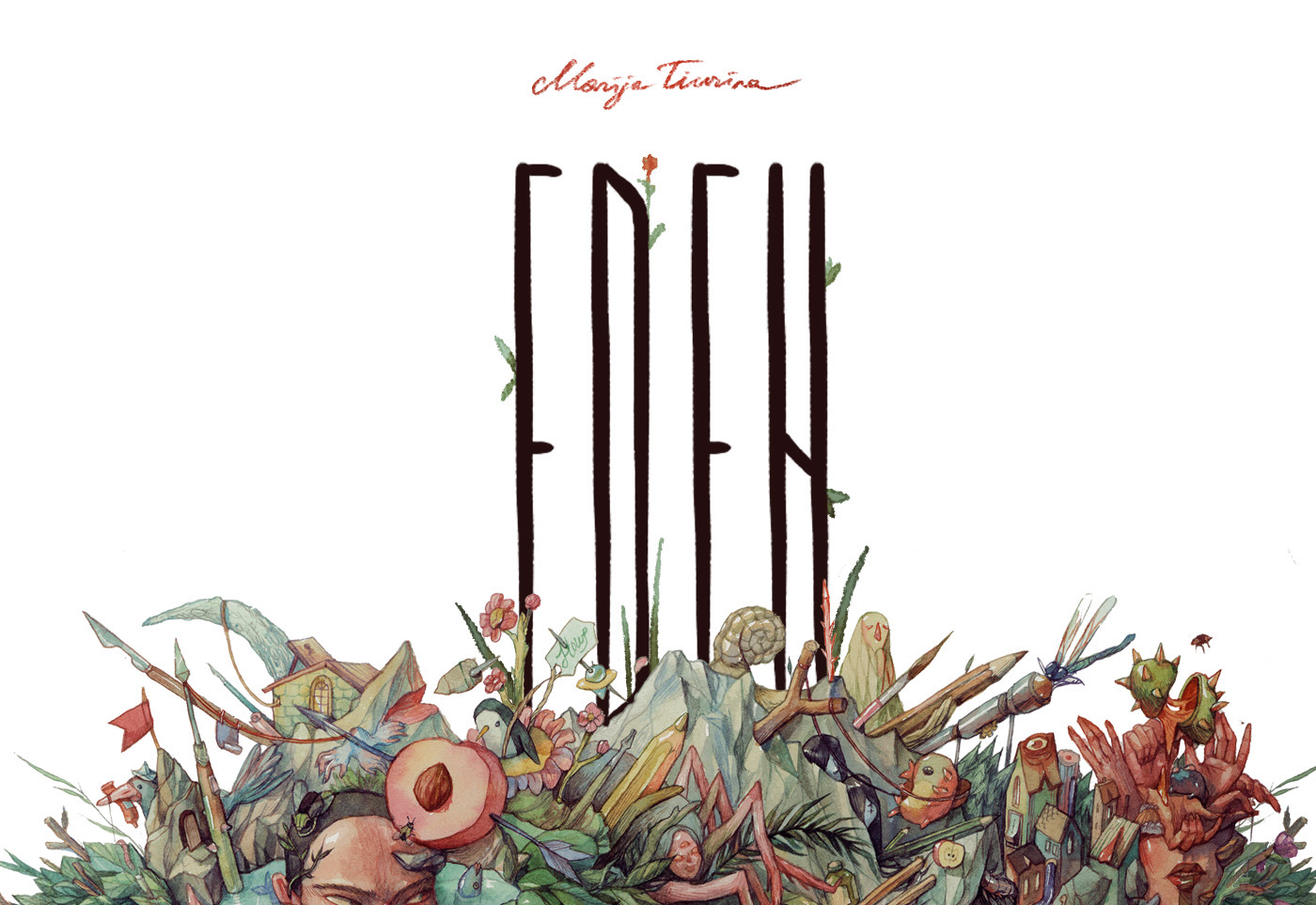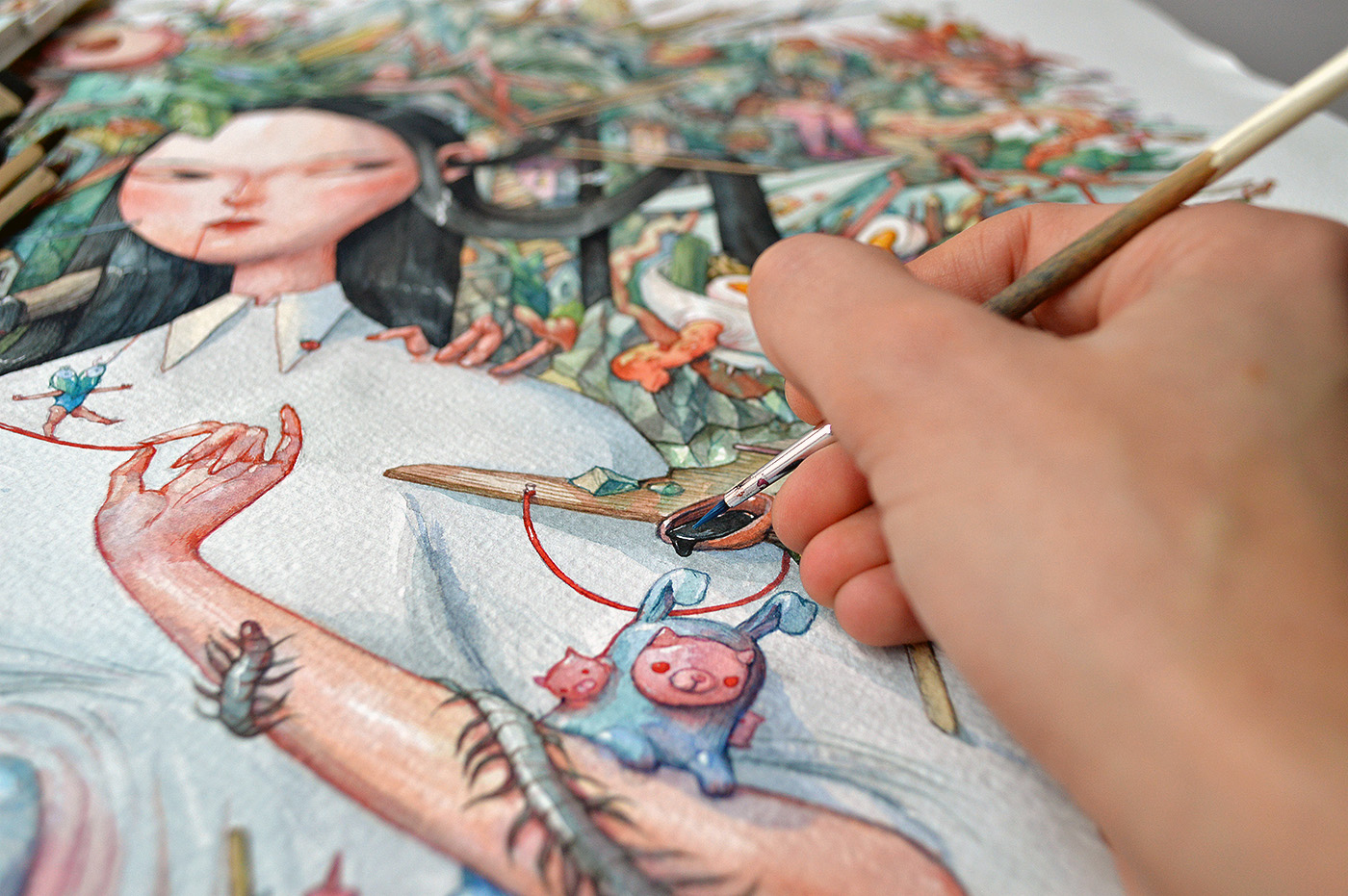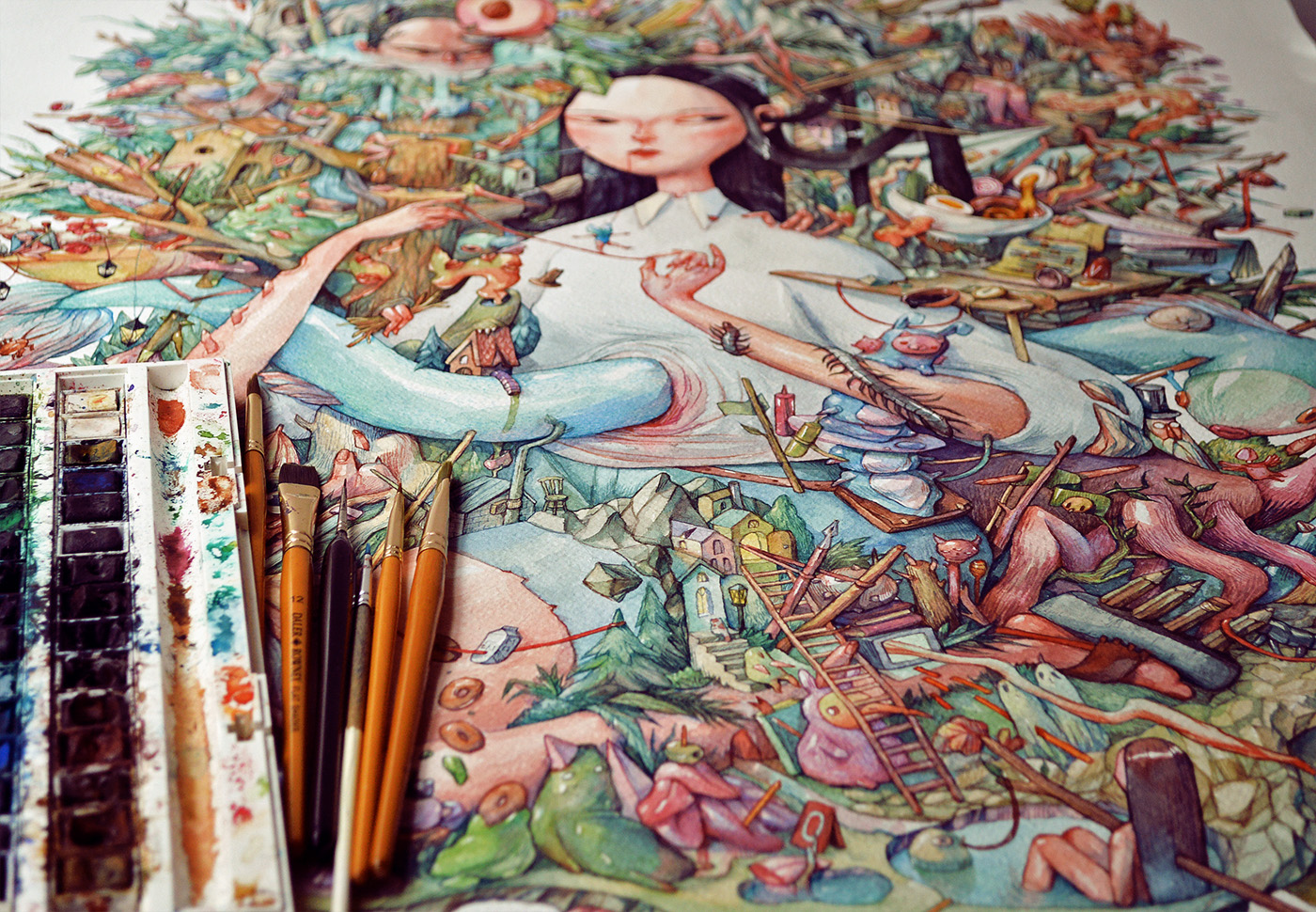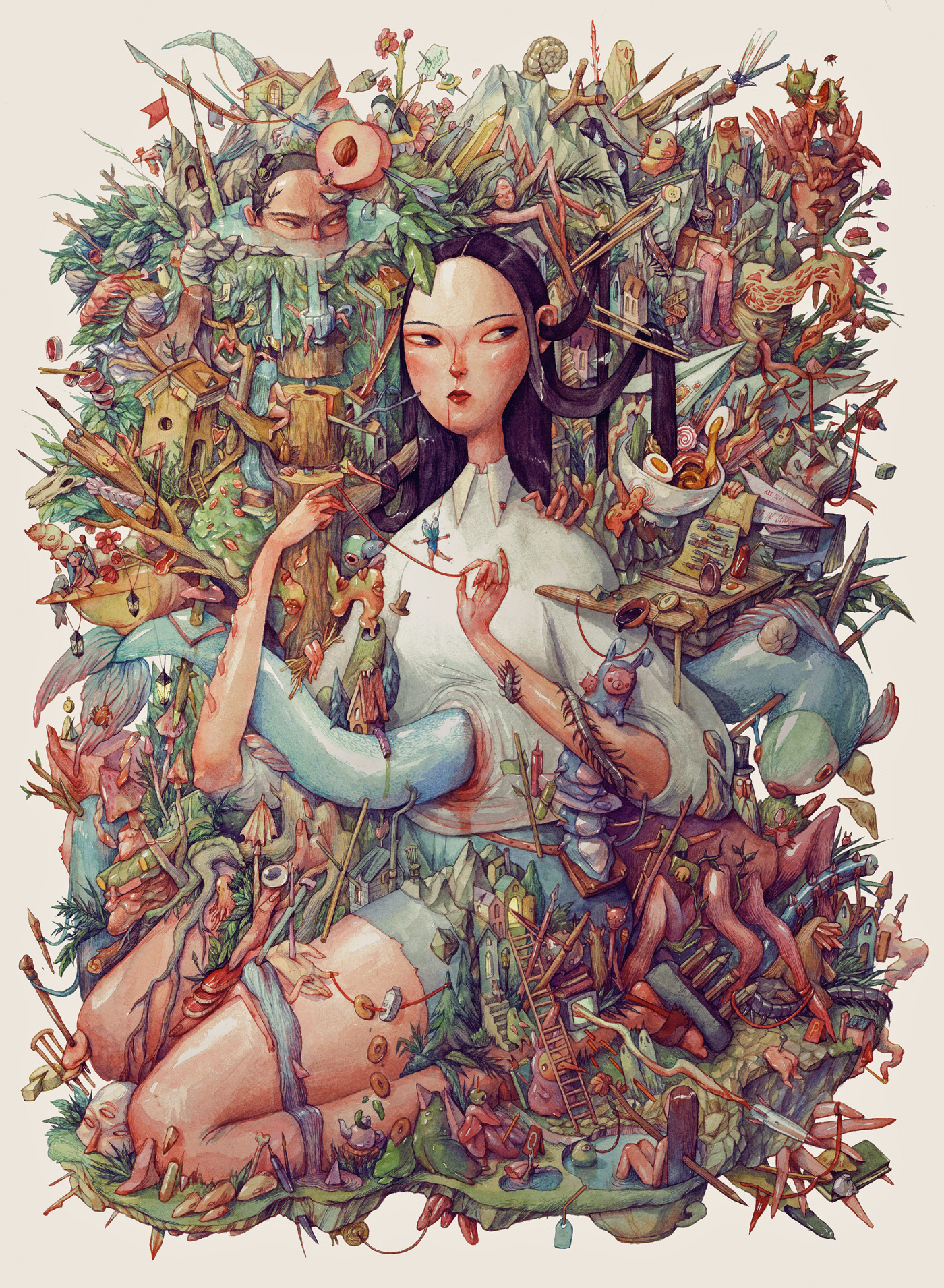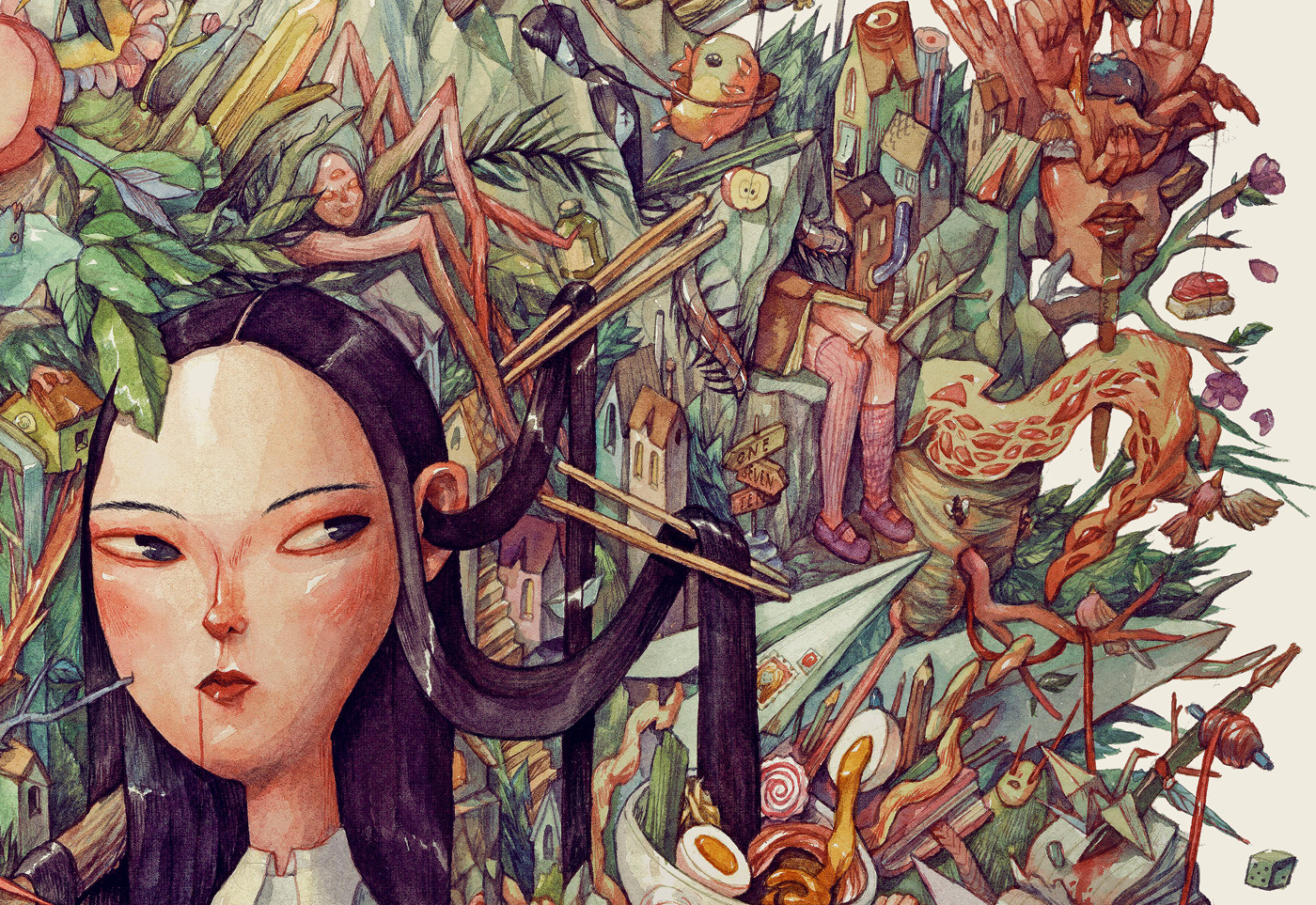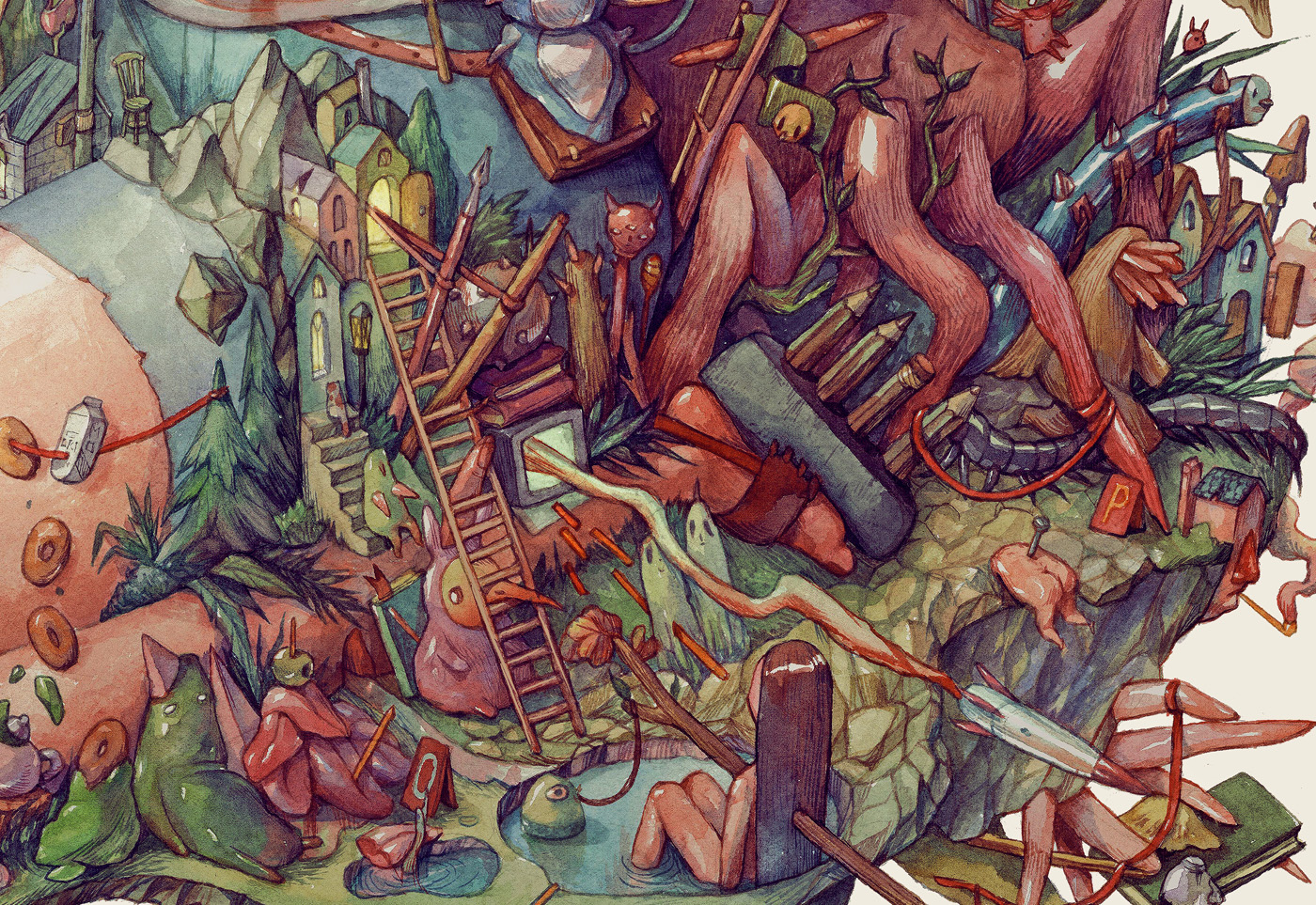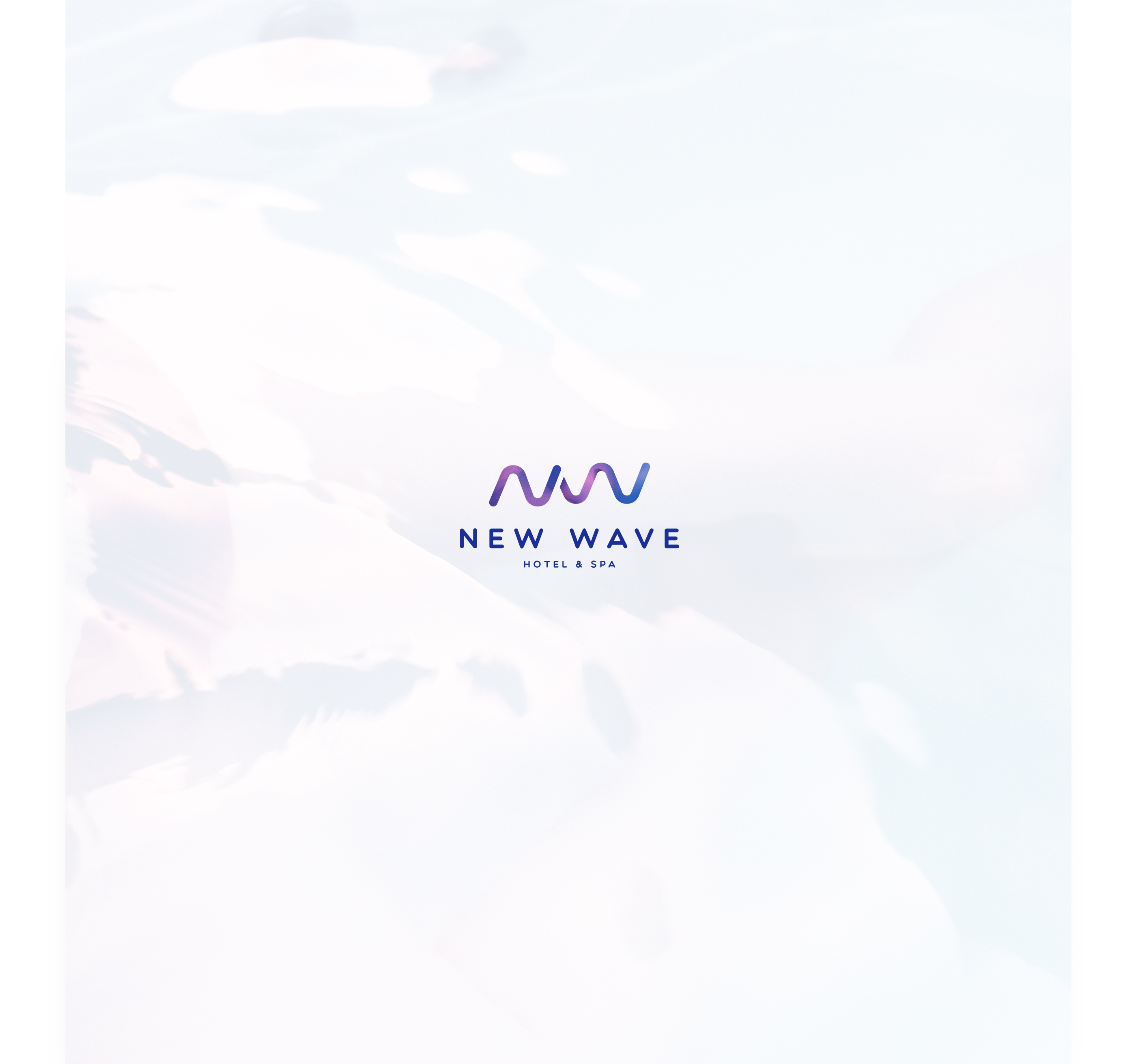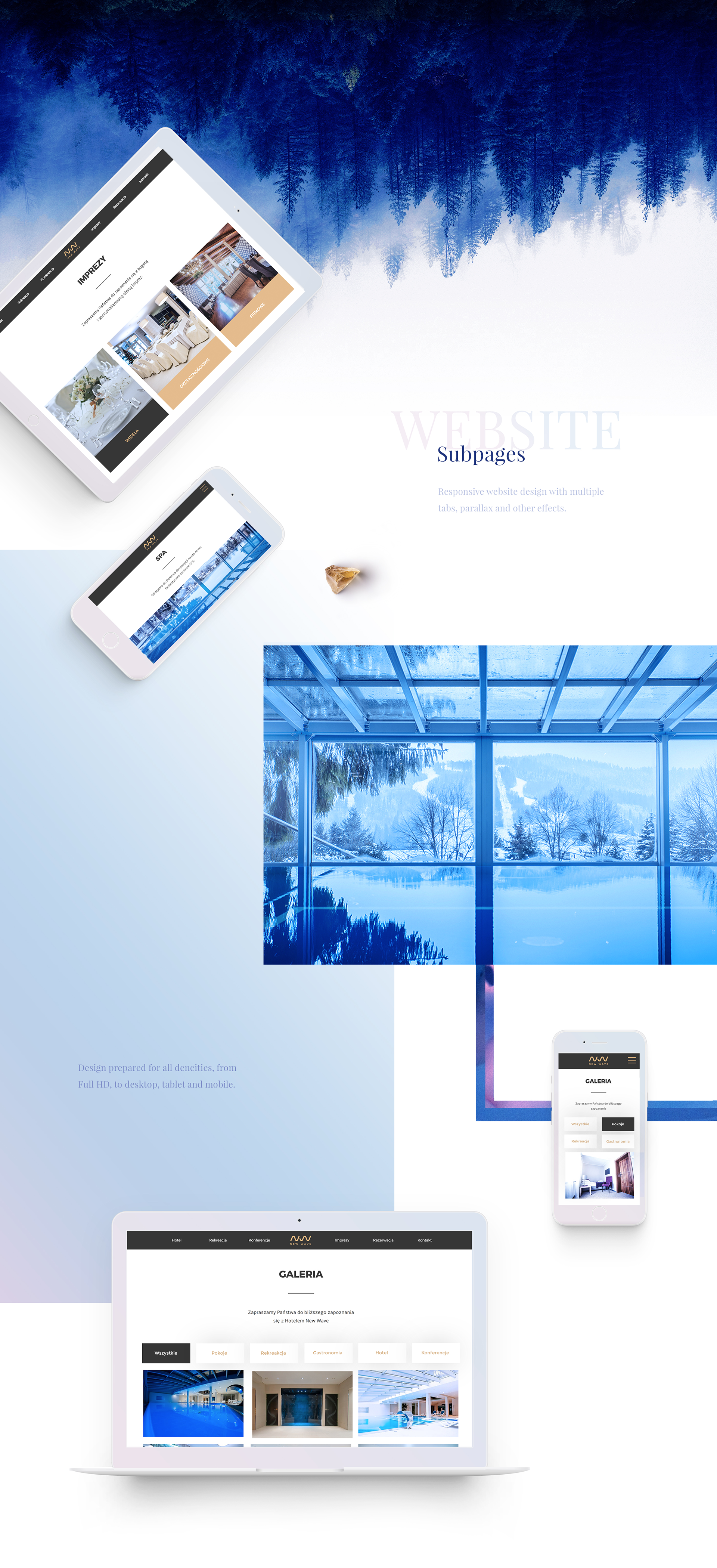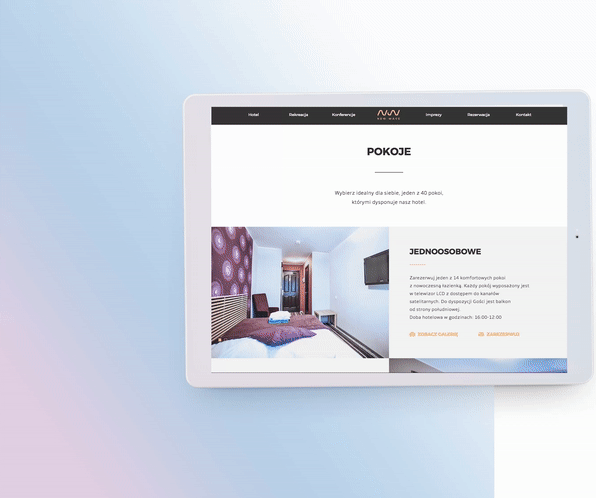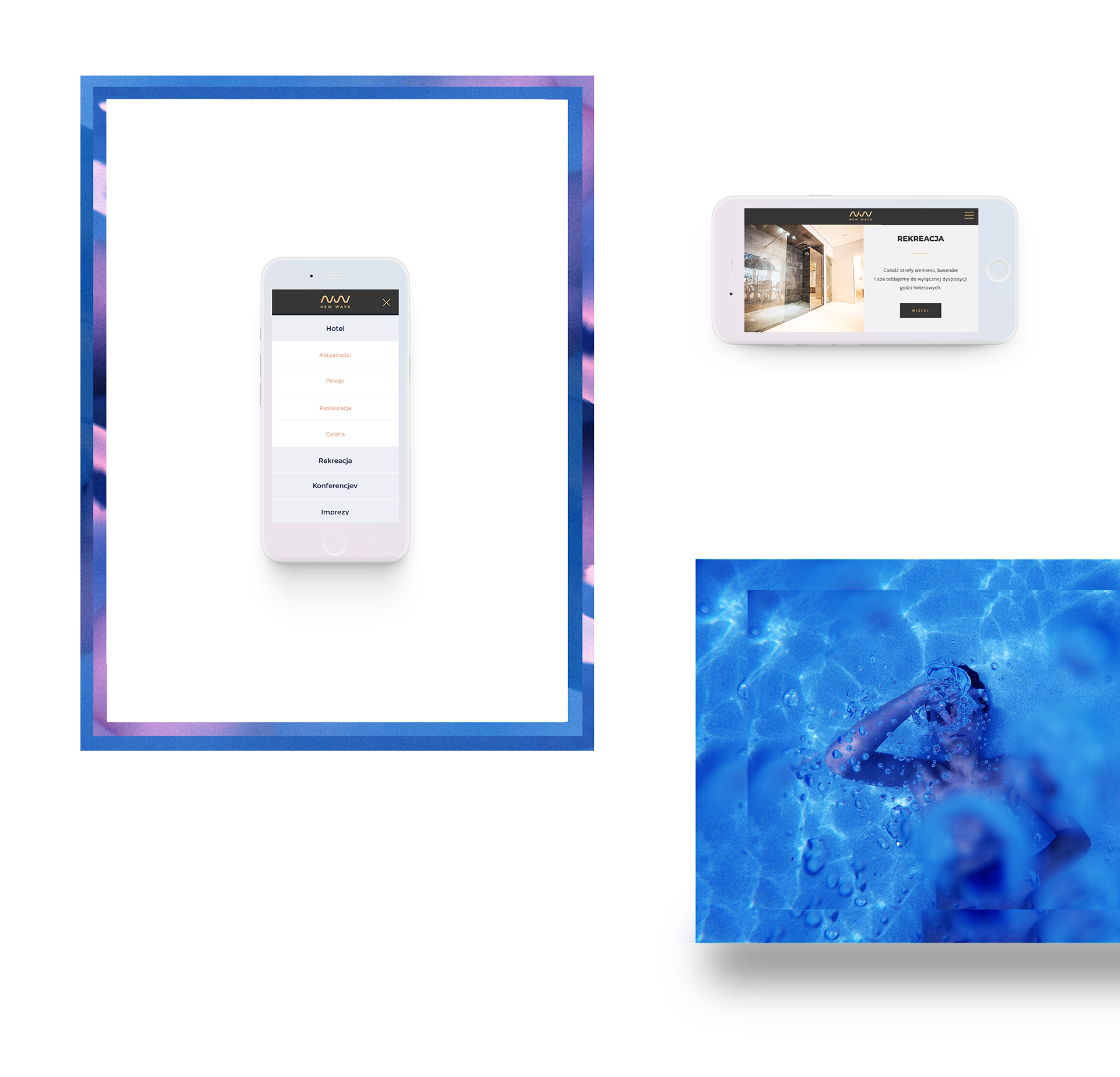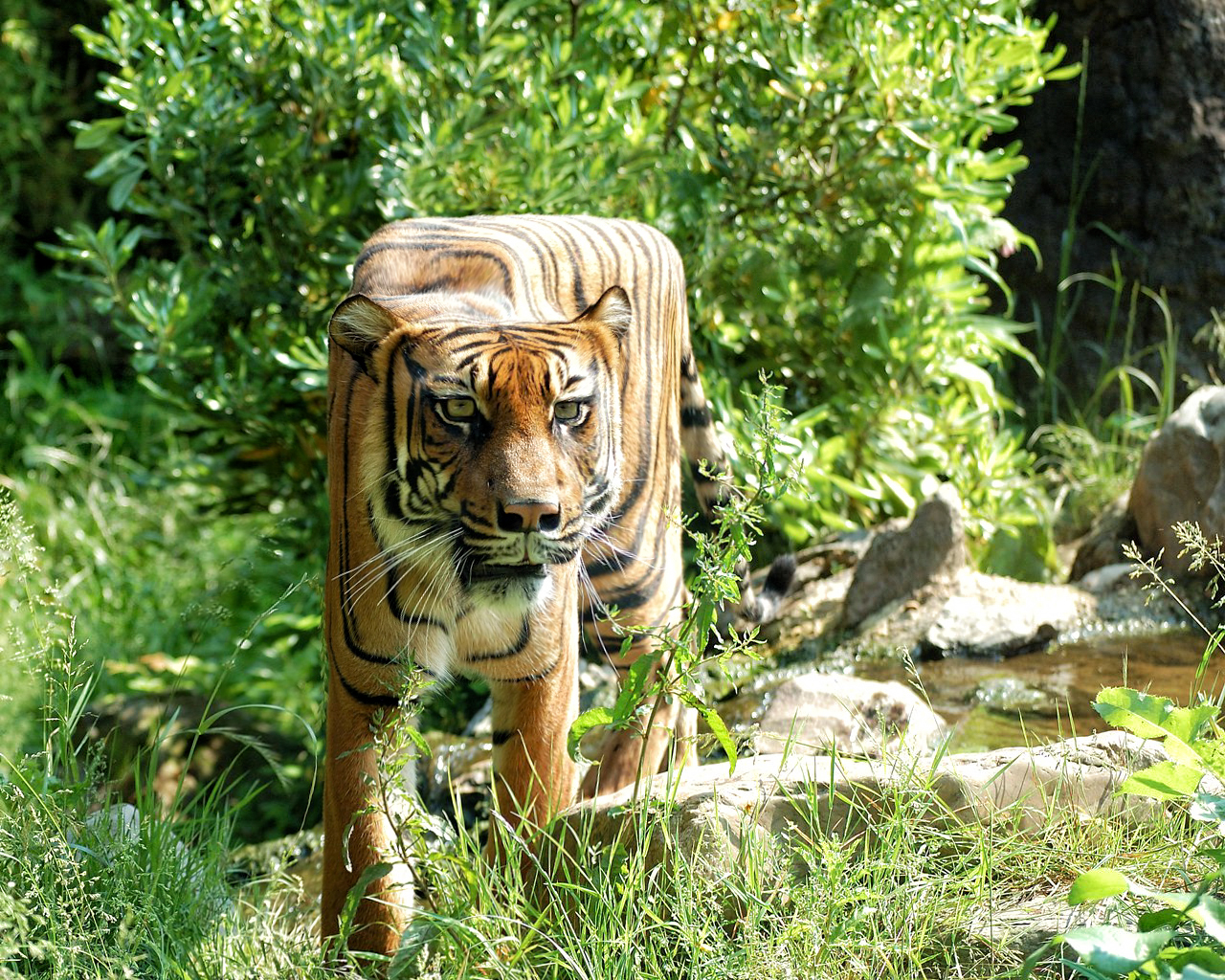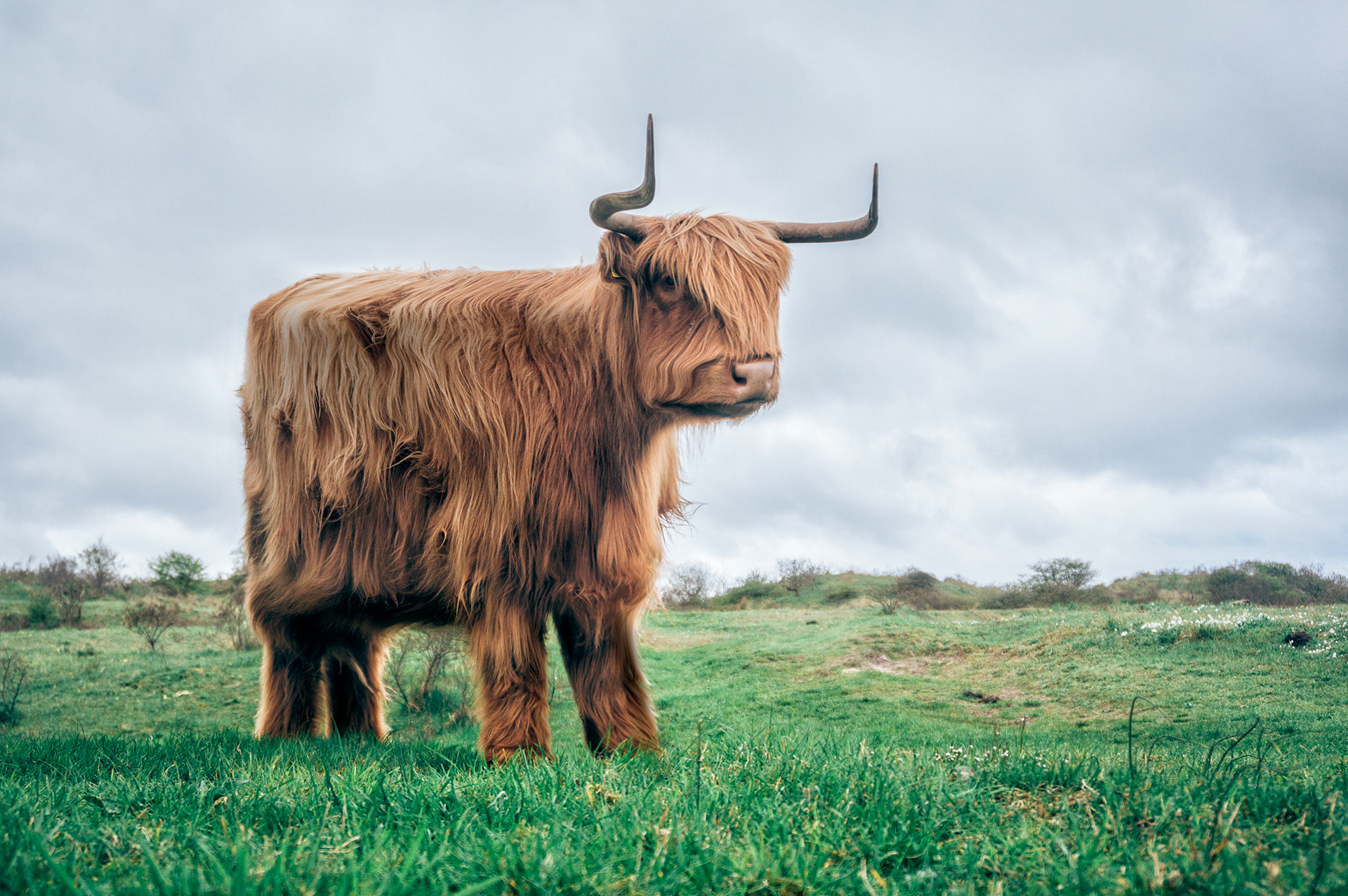April 27, 2017
2017 SXSW World Premiere of “American Gods” Airs on STARZ [Video]
“This is eight episodes of setting up the amazing Neil Gaiman world of American Gods and following the story of the old Gods and the new Gods. I’m one of the old Gods. New Gods are obviously technology and media and we look at the things we worship, what we worship and why we choose to do it. So it’s an exciting show to do at this particular time.” said cast member Orlando Jones.
If you missed the SXSW world premiere of American Gods, which took place at the Vimeo Theater on Saturday, March 11, you can now watch the first episode of the television series on Sunday, April 30 at 9pm/8c on STARZ.
Adapted from Neil Gaiman’s award-winning novel, American Gods follows Shadow Moon (Ricky Whittle) and Mr. Wednesday (Ian McShane) in a hidden world where a battle is brewing between Old Gods and New. Bryan Fuller and Michael Green serve as showrunners.
The pilot episode is directed by David Slade whose work includes the films Hard Candy, the third film in the Twilight series, The Twilight Saga: Eclipse, and the a vampire horror 30 Days of Night. Slade has also directed several television pilots including NBC’s Hannibal, as well as an episode of AMC’s award-winning Breaking Bad.
American Gods features an ensemble cast consisting of Ricky Whittle, Ian McShane, Emily Browning, Pablo Schreiber, Crispin Glover, Yetide Badaki, Bruce Langley, Orlando Jones, Jonathan Tucker, and Betty Gilpin.
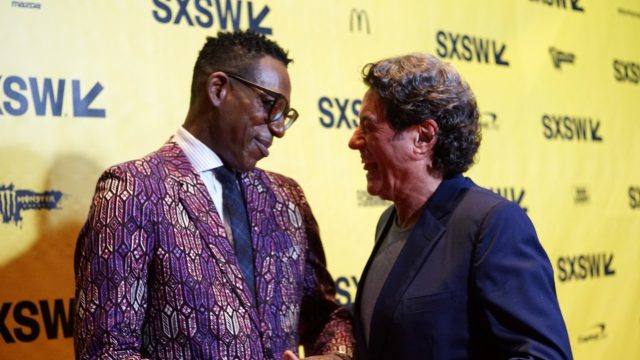
Get inspired by a multitude of diverse visionaries at SXSW – browse more 2017 Keynotes, Featured Sessions, Red Carpets, and Q&A’s on our YouTube Channel.
Follow us on Facebook, Twitter, Instagram, and SXSW News for the latest SXSW coverage, recaps, late-breaking announcements, and updates.
Photo by Sandra Dahdah/Getty Images
The post 2017 SXSW World Premiere of “American Gods” Airs on STARZ [Video] appeared first on SXSW.
Source: SxSW Film
April 27, 2017
Global Views on Premarital Sex and its Relation to Income and Happiness
Morality helps us make decisions that we think is proper and to avoid actions that are improper. But a choice one person thinks is just, can be thought as inappropriate to another individual. This is true for different countries and the cultures. Although there are some moral issues that many nations can agree are wrong, many issues vary from country to country. A good example of this would be whether or not premarital sex is morally acceptable.
Premarital sex tends to be a dividing issue. People from different countries have varying opinions about having casual sex. Using data from the Pew Research Center, International Monetary Fund, and World Happiness Report we examine the relationship between acceptance of premarital sex and its relationship with income and happiness. Let’s dive in and see what countries think about premarital sex.
85% of individuals in Southeastern Asian Countries Think Premarital Sex is Morally Unacceptable

Many Western and Latin American cultures believe that premarital sex is either morally acceptable or not a moral issue. That notion is flipped when examining Asian, African, and Middle Eastern countries. An overwhelming majority of people in those countries feel that premarital sex is morally unacceptable. The exception would be Eastern Asian countries. Opinions regarding the morality of casual sex are more mixed in these countries. However, the majority of Eastern Asian countries still think that either premarital sex is acceptable or not a moral issue.
Countries Where a Majority of the Population Think Premarital Sex is Unacceptable Make Less Than $11,000 a year

On average, the surveyed countries have an income of $17,383 a year. Countries where 50% or more of the population believe that premarital sex is morally unacceptable also make less than $11,000 a year. Most of the countries where premarital sex is morally unacceptable are Asian, African, and Middle Eastern countries. The exception would be Israel, South Korea, and Japan who have higher than average incomes and also are more accepting of premarital sex.
Countries Where a Majority of the Population Think Premarital Sex is Unacceptable Tend to be Less Happy

On average, the surveyed countries have a happiness score of 5.74 out of 10. The world happiness report asked respondents to rate their life satisfaction with a 0 being the worst possible life and a 10 being the best possible life. There are two distinct clusters in this graph. Countries with happiness scores that are higher than average tend to think premarital sex is not a moral issue or is morally acceptable. Countries with happiness scores that are less than the average tend to think premarital sex is morally unacceptable.
Source: Visual News
April 27, 2017
HOW VIDEO HELPS YOU TELL POWERFUL BRAND STORIES
This article originally appeared on Column Five.
Brand video storytelling has exploded in popularity for many reasons. The technology has evolved, price points have come down, social platforms have embraced it, and audiences have come to expect—if not prefer—it as a method of communication. (According to a 2014 Levels Beyond survey, 40% of consumers said they would rather watch a brand video than read the same information.)
For brands, video presents a fantastic opportunity to tell a compelling brand story in an easily digestible package.

WHY BRAND VIDEO IS SO POWERFUL
Video is not just a passing fad or a novel presentation; it is a powerful way to form relationships with your audience through emotional connection.
That’s because video is a medium that we are hardwired to respond to. In addition to being visually stimulating, video elicits an emotional response from the viewer—thanks to the scientific phenomenon of emotional contagion. When your audience views a video, or watches a story, their emotions actually start to mirror what’s on screen. (Think of the physical sensation of anxiety you get when you watch a scary movie.)
Even a brief interaction with your video can trigger this response, making a significant impact.
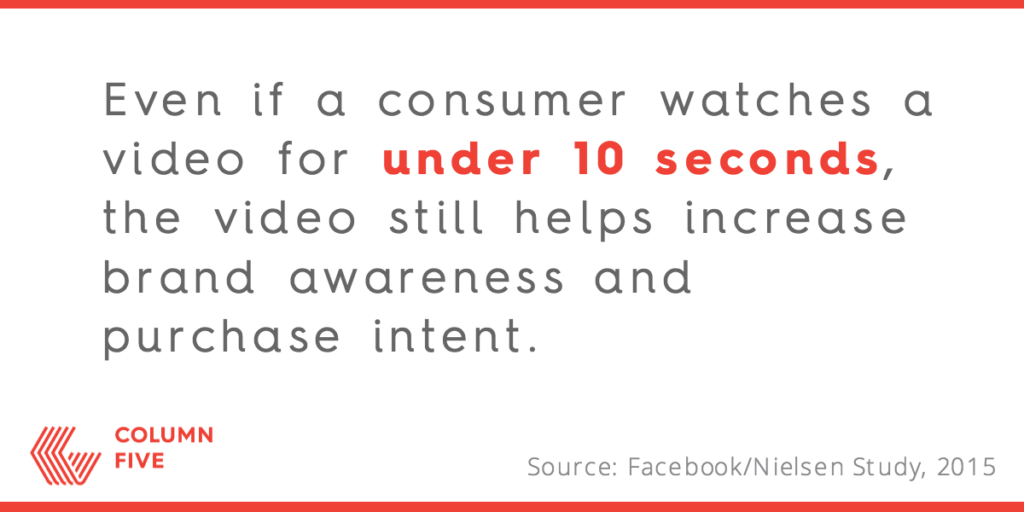
A note: When we say “video,” we’re really talking about the power of motion storytelling. Motion is its own form of communication, separate from static or interactive content. Technically, video is the technology that lets us tell stories through motion. But most people use “video” when talking about this type of storytelling.
THE CREATIVE ADVANTAGES OF BRAND VIDEO
One of the biggest advantages of brand video is that it provides more creative storytelling tools to work with. Each of these can be used to elicit emotion, whether you’re telling a serious story or a funny narrative.
Visuals: On-screen action can enhance your message, whether through color, data visualization, kinetic text, animation, or live-action.
Audio: Music, voiceover, and sound effects convey mood and tone, increasing your audience’s emotional response.
Controlled storytelling: The pace and nature of the storytelling is controlled, which makes it easier to deliver a focused message—and more enjoyable for your audience to receive it. Video is a passive experience, so you can simply click a play button, sit back, and watch. (Other mediums, such as interactive, require more active engagement.)
The key, of course, is to ensure your video has a story to tell.
STORYTELLING APPLICATIONS FOR BRAND VIDEO
Video can be used for much more than traditional advertising. It has many practical applications for communication both in and outside of your company, allowing you to deliver different messages in different ways.
Depending on your brand goals, you may experiment with any of the following in your content strategy:
- Traditional ads: Online or television commercials (national or regional).
- Promo videos: Viral videos, case studies, interviews, testimonials, product reviews—anything that publicizes work or brand. May be editorial or advertorial.
- Explainer videos: Introductions, overviews, processes, tutorials for products, services, or ideas.
- Culture marketing videos: Content to showcase your brand, people, or causes.
- Social videos: Content to engage followers on social—Facebook, Instagram, Snapchat, YouTube, etc. May be educational or pure entertainment.
While video can help you achieve your marketing goals, it is also a useful communication tool to help your internal team in their day-to-day. Sales collateral, company information, and presentations can easily be converted to video to save time and energy.
THE BEST FORMAT FOR YOUR BRAND VIDEO
The video format you choose will depend on many factors: your story, available resources, audience, distribution channels, etc. Some formats are better suited for particular uses, so consider which may help you best achieve your goals.
LIVE-ACTION VIDEO
When most people think video, they think of live-action: real actors and sets telling a narrative story, captured on camera. This is the most popular type of video. It is particularly compelling because your audience can relate to the humans on screen. (Remember emotional contagion: When audiences “see” themselves on-screen, they feel more connection.)
Live-action also allows for short- and long-form storytelling. You may consider a short spot or a full-on brand documentary. Just remember that live-action video also requires a number of production elements: location, talent, crew, etc.
Our live-action “Child of the ‘90s” spot for Microsoft helped reintroduce Internet Explorer to millennials. Because it emotionally resonated with the target audience, it garnered 49 million+ views.
MOTION GRAPHICS
Motion graphics include 2D- or 3D-animated graphics. They can also include a mix of live-action and graphics animation. Storytelling in this format relies on audio and on-screen visualizations. Therefore, the production is more controlled. (If you want to see some great motion graphics, check out these 100 awesome examples.)
Motion graphics have many uses, but explainer videos are often presented as motion graphics because they allow you to break down abstract concepts, show how something works, present data, or depict worlds that may be otherwise difficult to capture in live-action.
Learn more about why explainer videos help your brand, or take a look at our explainer video on explainer videos to see one in action.
IMMERSIVE FORMATS
Emerging technologies are taking video to the next level. These require more production, specific equipment, and technical skill to produce, but they will only become more popular. Some brands are already finding great success with:
- 360-degree video: This technique expands the viewer’s perspective, allowing them to explore a panoramic scene from every angle.
- Virtual reality: VR is a computer-generated simulation of an environment that viewers can interact with. It is immersive and contained storytelling that puts viewers in the driver’s seat.
- Augmented reality: This tech allows the viewer to interact with their physical environment.
Our 360-degree video lets you learn about the construction of a brand—by exploring space. For the best viewing experience, follow the link below to YouTube (make sure you have the latest version if you’re mobile). Desktop viewers might want to view in Chrome with the hardware acceleration setting on.
ALWAYS PUT YOUR STORY FIRST
If your brand is eager to pursue video, remember that the most effective videos will speak to your audience’s emotions, which is why story is so important. Pair the right story with the right format and you’ll have brand video gold.
If you’re ready to dive into video, find out the 11 reasons you need a solid video strategy and check out our tips for choosing the right video agency.
Source: Visual News
April 27, 2017
Illustration & Painting: My Giant Watercolor Eden
Illustration & Painting: My Giant Watercolor Eden
I’ve always been fascinated about the amount of time spent on an illustration or a painting, maybe it’s because I am not patient enough. On the other hand, let’s take a look at the stunning work of Maria Tiurina and her art. She focus her work into digital art and character design as well, we are looking at her most detailed watercolour painting to date, it took months to create from the light pencil to the final result. You should definitely check out the timelapse video below.
This is the work from Maria Tiurina who is an illustrator based in London, UK. Across her tremendous skillset, you can notice a change in her art throughout the projects and it’s quite amazing! Crafting her art at its finest, you should check out her store at over Society6.
Eden was inspired by one of my favourite paintings that is Bosch’s Garden of Earthly Delights. Eden is about 75cm x 25cm, and it took several months to create from a light pencil sketch to a full colour piece.
Timelapse
AoiroStudio
Apr 27, 2017
Source: Abduzeedo Illustration
April 27, 2017
Web Design & UI/UX: New Wave Hotel & Spa
Web Design & UI/UX: New Wave Hotel & Spa
Let’s take a look at this project about Web Design & UI/UX by Kamila Figura on her work of a hotel & spa named New Wave. I really loved her colour palette throughout this whole project, it does bring a theme of relaxation and pleasant stay. From the UI/UX site of things, I am loving the direction but personally not to keen about the treatment on the submenu (on desktop) where there’s too much negative space. Overall, it’s looking great and her photography direction is just top-notch!
Via Behance, we are showing the work of Kamila Figura who is a digital product designer based in Katowice, Poland. A mixture of UI/UX, branding, web design and graphic design are part of her wide range of skills. You should definitely check out her Dribbble.
Branding and Responsive Website designed for the New Wave Hotel based in Wisła, Poland. Logo was created for is a modern resort highly know for its SPA facilities. Hotel captures its guests with an glass covered swimming pool with a view of the mountains. The whole project regarded to capture in the minimal form the essence of this unique place. The hotel offers stylish rooms which needed a simple and effortless web access. Website is responsive and easily accessible on mobile devices. Branding included business cards, leaflets, brochures, menu, key cards, photoshoot, Facebook and other social media covers and ads, company’s identity in general. Website is minimalistic, clean and modern like the estate.
AoiroStudio
Apr 27, 2017
Source: Abduzeedo UI/UX
April 25, 2017
Photography & Digital Art: Minecraft in Real Life (Anicube)
Photography & Digital Art: Minecraft in Real Life (Anicube)
Let’s take a look at this cool photography mixed with digital art by aditya aryanto. His project is named: Minecraft in Real Life and it’s basically what animals would look like if they were treated with a Minecraft theme and as Aditya called it: Anicube. I can’t say that I find this project quite creative and fun execution as well. Check it out!
Published on Behance, we are looking at the work from aditya aryanto who is an editor working at Cheese N Click Photography based in Photography, Illustration, Digital Art. You should definitely follow his experimentations on Instagram.
Once I collected, I started making these images in Photoshop. How to make a cube on animal body, I use the Liquify (Shift+Command+X). After it is formed and I think it is funnier than the original form, I uploaded to Instagram. I saw that many friends liked it, so I was challenged to make it more. So here is the result of my simple works. I hope you like it.
AoiroStudio
Apr 25, 2017
Source: Abduzeedo Photography
April 25, 2017
An Update from Two Winning Hackathon Teams
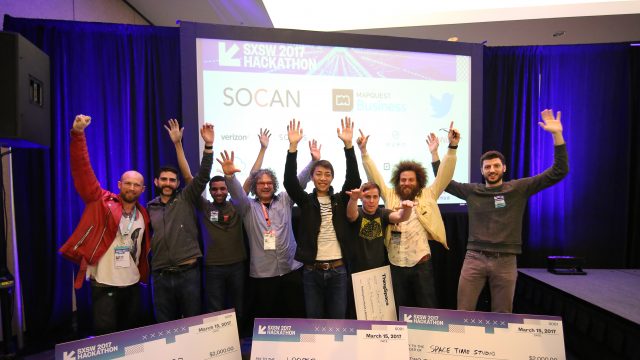
It’s been a little over a month since dozens of the brightest minds in tech competed for 24 hours at the SXSW Hackathon. And while the taste of victory may have faded, the collaboration and work continues for two winning teams.
Music category winners Paul Wehner and Tom Brückner of Ctrl^3 (pronounced control cubed) are excited about the partnership they established at the Hackathon. Currently, they’re focused on using augmented reality (AR) to reduce creative barriers for music producers and believe AR can enable musicians to escape the keyboard to provide a more natural interface for musical expression during live performances and in the studio.
After SXSW, Paul and Tom met up in Los Angeles to cement their partnership, develop a business plan, and set product requirements for a beta product. As an initial milestone, they’re collaborating with music producers like David Block (aka thehumanexperience) to create and test an industry first live performance, mixed reality experience.
Paul and Tom said, “The support and contacts from the SXSW Hackathon and subsequent Incubation program were invaluable and have given us a turbo boost towards our mission of unlocking the creativity of beginner and professional musicians with AR.”
Winners in the VR category, Space+Time Studio team members have continued to expand on the mixed reality designer user experience. They’re adding these features into the next release of Amedeos VR-creation platform, Simmetri and are preparing for a summer of alpha-user testing with key artists. Space+Time Studio seeks future-looking artists interested in piloting VR/AR experiences to become alpha user testers. Interested artists can reach Space+Time Studio by emailing with subject “Alpha” to info@simmetri.com.
Team members are also currently exploring potential partnerships with augmented hardware manufacturers to integrate with their tools to provide a slick AR/VR enabled editor/experimentation suite for their gear. Some examples of augmented hardware manufacturers they’re looking at include motion capture suits, smart projectors, and IoT device makers.
Photos by Randy and Jackie Smith
Related News:
The post An Update from Two Winning Hackathon Teams appeared first on SXSW.
Source: SxSW Film
April 25, 2017
Filmmaker In Focus Series: Texas Filmmakers Part Two
Next up in our Filmmaker In Focus Series are two Texas documentaries. As I Walk Through the Valley, directed by Ronnie Garza and Charlie Vela, is a chronicle of the underground music scene of Texas’ southernmost border region. Disgraced, produced and directed by Pat Kondelis is the untold story of a basketball player that disappeared without a trace at Baylor University in 2003. Vela has served as a record producer in the Rio Grande Valley for the last 15 years and Garza, in addition to being a filmmaker, is a democracy activist. Kondelis has produced and directed multiple award winning documentaries for PBS and has produced numerous docu-series for CNN, A&E, History Channel, and Nat Geo. Explore the stories behind these nonfiction narratives below:
As I walk Through the Valley
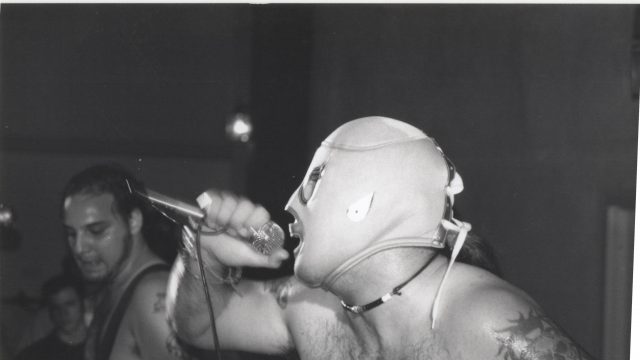
Q: Tell us a little about your film?
A: “A documentary that covers 40 years of underground music in the Rio Grande Valley.”
Q: What motivated you to tell this story?
A: “Films and programs of the past have only showcased a limited offering of the music from the valley.”
Q:What Is Your Spirt Animal?
A: Vela: “A Tlacuache.” Garza: “A human.”
Disgraced
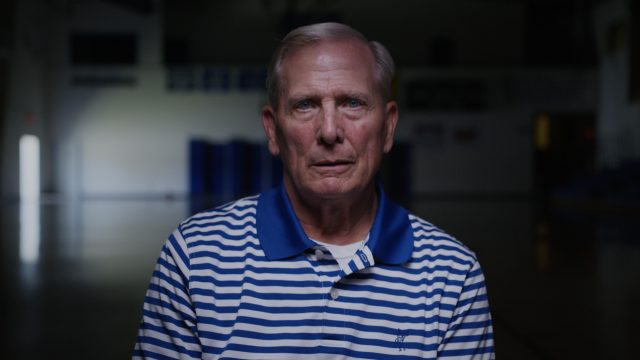
Q: Tell us a little about your film?
A: “Disgraced tells the story of murdered Baylor basketball player Patrick Dennehy at the hands of a teammate. This is the first known case of a player killing a teammate in the history of U.S. intercollegiate athletics and ultimately exposed the biggest scandal college basketball has ever seen.”
Q: What motivated you to tell this story?
A: “I became fascinated by the intersection of themes in this very bizarre story. The more research I did, the more questions I had. After thirteen years of mystery surrounding this case, getting closer to the truth became extremely urgent.”
Q:Who Is Your Spirit Animal?
A: “Ron Swanson.”
Explore More Content From SXSW 2017
Get inspired by a multitude of diverse visionaries at SXSW – browse more 2017 Keynotes, Featured Sessions, Red Carpets, and Q&A’s on our YouTube Channel.
Follow us on Facebook, Twitter, Instagram, and SXSW News for the latest SXSW coverage, recaps, late-breaking announcements, and updates.
The post Filmmaker In Focus Series: Texas Filmmakers Part Two appeared first on SXSW.
Source: SxSW Film
April 25, 2017
Why Data Visualization + Storytelling Is Marketing Gold
This article originally appeared on Column Five.
Data visualization, big data, brand storytelling—you’ve probably heard these terms, and you’re likely to hear them more and more in the marketing sphere. (In 2016, LinkedIn found that the #2 most desirable hiring skill is statistical analysis and data mining.) Data is everywhere, but it’s what we do with that data, what insights we tap into that make it so valuable. And that is essentially why data storytelling is so important.
DATA STORYTELLING VS. DATA VISUALIZATION
Contrary to popular belief, data storytelling is not simply data visualization, analytics reporting, or a handful of stats sitting in a PowerPoint somewhere. Data storytelling is the blending of two worlds: hard data and human communication. It’s a compelling narrative crafted around and anchored by compelling data.

Unfortunately, although data storytelling is an important tool, most companies don’t take full advantage. This is often because their teams are siloed.
The data reporting/analysis that many companies undertake seldom makes it into marketers’ hands. Even when it does, marketers are oftentimes ill-equipped to work through the data to unearth great stories. This results in a tremendous amount of valuable data unused, which is a tragedy because data storytelling is a one of the most powerful communication tools for brands.
THE BRAND BENEFITS OF DATA STORYTELLING
There are many types of communication, but data storytelling is uniquely positioned (and scientifically supported) to help marketers achieve their communication goals in many ways.
1) IT PROVIDES MEANING AND VALUE
In a world where we are besieged by data but desperate for meaning, data storytelling helps connect the dots. It is an incredibly effective way to communicate valuable insights and assign meaning and context to data that otherwise lives as numbers in an Excel spreadsheet. For brands, this is crucial.
Audiences crave useful, valuable content that expands their knowledge, solves their problems, and helps them better navigate the world. By delivering this content, your brand provides a real service to your audience. And by extracting these insights from your own data, your company benefits, too.

Dave Campbell’s model of information refinement.
All content is interpreted as data by the brain, but the highest-value content provides more than knowledge; it provides insight. This insight helps decision-making, spurns action, and is therefore the most meaningful. Data storytelling allows us to extract and communicate insight through compelling stories.
2) IT’S PR GOLD
To differentiate yourself from the competition, you need unique, original story ideas. Data is an easy way to get these stories. This is especially true for stories based on internal data. When you have proprietary data that no other brand has access to, you can tell a story that no one else can tell about your industry, your customers, and more.
These insights can help you shed light on a previously unexplored topic, introduce an interesting angle, or provide useful perspective to your audience and/or industry.
Not only are these stories compelling to your audience, publishers are also hungry for great storytelling. In a world of regurgitated content, data storytelling helps you stand out above the noise. A great piece published in a high-profile publication can elevate your brand and introduce you to an entirely new audience. (For more on that, check out our tips on how to get publishers to fall in love with your content.)
The Data Stories That Brands Should Tell

3) IT’S CREDIBLE
There is a lot of content out there—and a lot of it is bullshit (especially these days). In a world full of conjecture, audiences want cold, hard numbers that anchor claims to reality. If you can anchor your story to credible data, audiences are more inclined to trust both your message and your brand.
4) IT MAKES YOUR MESSAGE STICK
By blending narrative and visuals, you are effectively targeting both sides of the brain, cementing the information. The narrative guides you through the data, and the data supports the narrative, giving you the best of both the analytical and emotional experience. Data visualization is particularly powerful here because it increases:
- Comprehension: Our brains are hardwired to process visuals faster than language. Being able to “see” the data makes it much easier to understand. Coupled with the language-based context, the data comes to life.
- Retention: Information visually processed makes it easier to recall later.
- Appeal: Data visualization is visually stimulating, making the content more attractive to your audience.
Watch this motion graphic to learn more about the power of data visualization.
5) IT’S ENGAGING
In addition to the inherent stimulation that visualization provides, data storytelling also encourages the audience to engage in the storytelling. There are two types of data storytelling: narrative and explorative. Both foster engagement but allow the viewer to take different approaches.
Narrative: The audience is guided through a narrative to arrive at a specific conclusion.
Example: The Anatomy of a Breach interactive infographic we created for Microsoft guides readers through a data heist, anchored by data, to show how prevalent breaches are.

Explorative: The audience is encouraged to explore the data to draw their own conclusions and focus on the stories most relevant to them.
Example: We turned the results of Northwestern University in Qatar’s Media Use in the Middle East survey into an interactive infographic experience that allowed users to explore the data at will.

Although explorative storytelling requires more activity than narrative, both forms of data storytelling require the audience to actively view and synthesize the data.
6) IT’S VERSATILE
The insights gained from data stories can be communicated in many different formats, including:
- Annual reports
- Articles
- Brochures
- Case studies
- Infographics
- Interactive Infographics
- Microcontent
- Presentations
- Reports
- Videos
- White Papers
An interesting stat or data visualization can also be repurposed to enhance other types of content or used for social.
WHERE TO GET DATA STORIES
If you haven’t pursued data storytelling before, it all starts with great data. Luckily, there are many ways to get your hands on it.
Internal: The absolute best, most original stories come from your own data. When you are focused on creating content marketing to build your brand and boost visibility, proprietary data is key.
Plus, you already have a wealth of data in your organization, including:
- Analytics
- Customer data
- Reports
- Surveys
- Etc.
External: The Internet is full of fantastic data from many credible organizations that likely have more resources than you. For content marketing tailored to your audience’s pain points or interests, these can be valuable sources to build data stories around (or use to support your internal data). Examples of these sources include:
- Government agencies
- Research firms
- Industry organizations/publications
You can also check out our roundup of 104 free data sources.
THE KEYS TO GREAT DATA STORYTELLING
Data storytelling may sound intimidating, and for those who come from a decidedly non-mathematical background, it may seem like a foreign language. But marketers can actually be most effective at bringing data stories to life.
Analysts and statisticians have fantastic technical skill, but when it comes to the human element, they often find it difficult to effectively translate all those data points into an interesting story.
Marketers know who their audience is, so it is easier to translate that data into a language they understand. If you’re diving into data storytelling, these are certain elements that will ensure it succeeds.
CHOOSE THE RIGHT SUBJECT
Great data storytelling needs an interesting story. While data can certainly give a boring subject an interesting spin, make sure it’s something that is relevant or interesting to your target audience. Keep in mind that data storytelling is not a story about numbers; it’s about how those numbers affect humans.
Sometimes you might have a story idea and need to assess the data to see if it has legs. Other times you might find great insights in a solid data set and build your story from there.
SOURCE CREDIBLE DATA
Data storytelling builds trust, but only when it’s based on solid data. Data can easily be manipulated, misrepresented, or misinterpreted, so having a solid, non-biased source is incredibly important.
Read our 5 tips for sourcing your data to make sure you follow best practices.
CRAFT AN INTERESTING, ENGAGING, OR ENLIGHTENING NARRATIVE
Good data alone does not make a good data story. Data storytelling is only effective when it provides value to your audience, whether it teaches them something new, gives them a new perspective, or inspires them to take action.
The way you deliver that story determines whether that message is communicated. Your narrative should guide readers through, provide context, and help them synthesize the data story as effectively as possible.
For more storytelling tips, find out how to craft an effective narrative.
DESIGN DATA ACCORDING TO BEST PRACTICES
One of the best ways to sabotage your data storytelling is with incorrectly or ill-designed data visualizations. Data visualization is meant to make the data as easy to understand as possible, which is why it’s important to work with a designer who understands best practices.
If you need a refresher, find out how to design the most common charts and graphs and find out what makes a data visualization memorable.
DON’T LET DATA SCARE YOU
The most innovative content marketers will learn to master this medium, but it takes experimentation to start. Data storytelling will only become more prevalent, so it’s in your best interest to become as data-literate as possible, stay up to date on content marketing best practices, and learn to become a true storyteller.
To get you on the right track, you might want to:
- Read our quick overview of the data basics you need to know.
- Create audience personas to make sure your data stories will capture your audience’s interest.
- Learn how to design the most common charts and graphs.
- Dive deeper into data storytelling with our book Infographics: The Power of Visual Storytelling.
In the meantime, always be on the lookout for your best data stories.
Source: Visual News
April 25, 2017
Sony’s A9 is a powerhouse full-frame flagship camera
Sony has just launched its most impressive, and most expensive mirrorless camera yet, the 24.2-megapixel Alpha A9. Equipped with the first ever full-frame stacked CMOS sensor, it’s all about speed, not resolution. The pixel count isn’t that high compared to the 42.4-megapixel Alpha 7R II, but it …
Source: CW’s Flipboard Feed
